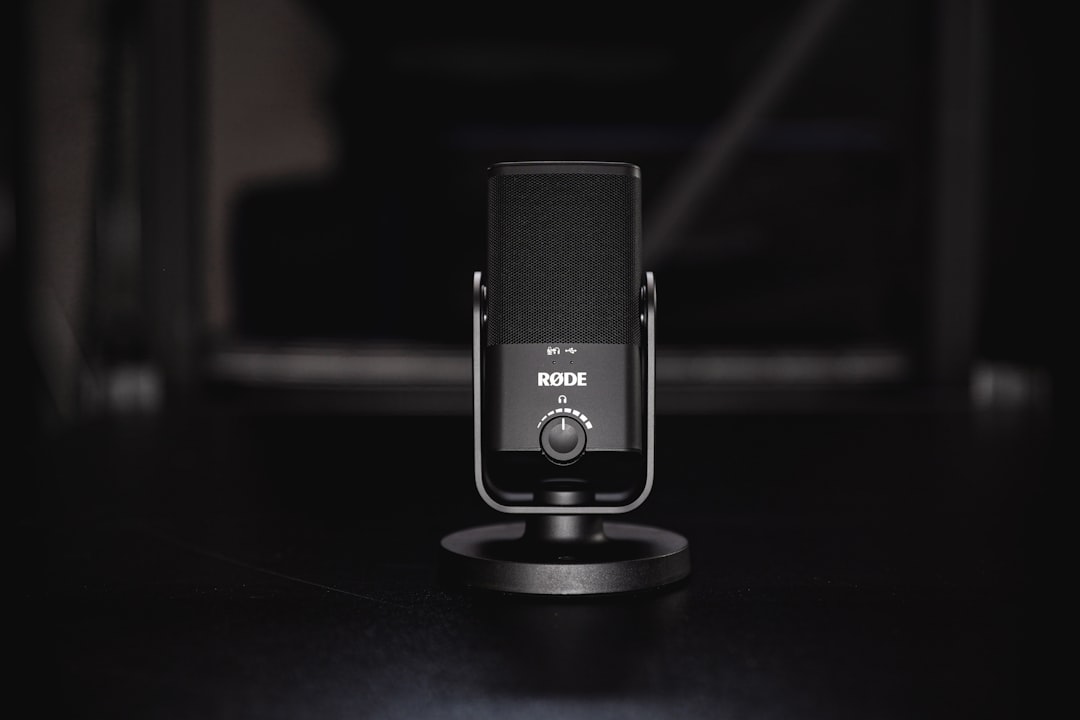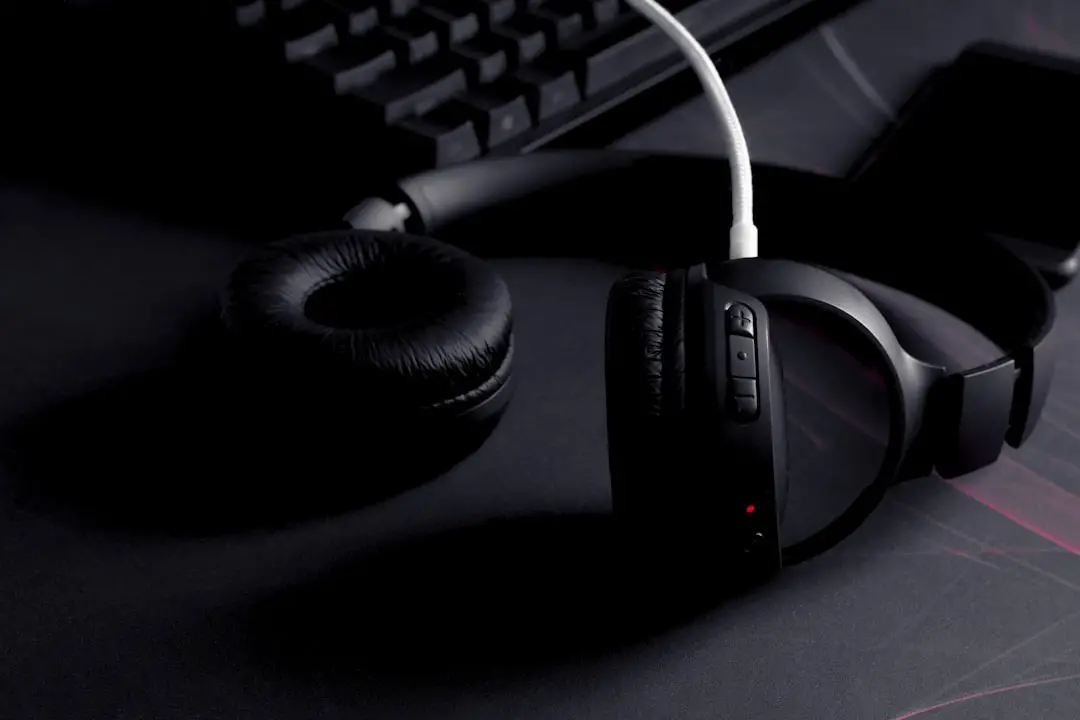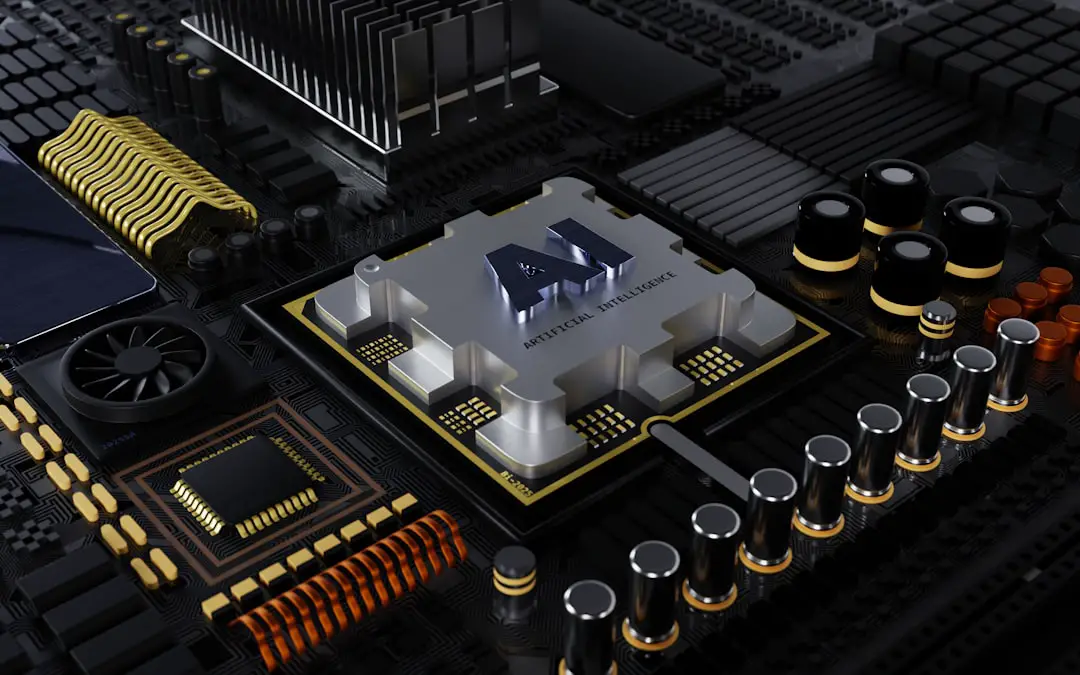Many users exploring their computer’s audio settings may have come across a device called NVIDIA Virtual Audio and wondered what it is and why it’s installed. While it isn’t immediately obvious, this feature plays a specific role in enhancing the multimedia experience, especially for users with NVIDIA graphics cards. Whether you’re a gamer, content creator, or regular user, understanding the purpose of NVIDIA Virtual Audio can help you make better use of your system’s capabilities.
At its core, NVIDIA Virtual Audio is a software-based audio driver that comes with the installation of NVIDIA graphics card drivers, particularly when using technologies like NVIDIA’s HDMI audio output or GameStream. Its main function is to enable seamless transmission of audio signals through HDMI or DisplayPort alongside the video stream, often useful in dual-monitor setups, 4K TVs, or virtual reality environments.
How Does NVIDIA Virtual Audio Work?
When an NVIDIA GPU is connected to an external display such as a TV or monitor via HDMI or DisplayPort, the signal can include not just video, but audio as well. Normally, this would require complex synchronization between your GPU and audio outputs. This is where NVIDIA Virtual Audio comes into play.
It acts as a bridge, allowing your PC to recognize an HDMI-connected device as both a video and audio output. This helps you avoid additional setup headaches and ensures your media plays with synchronized sound and video right out of the box.

Primary Use Cases
There are several scenarios in which NVIDIA Virtual Audio is particularly beneficial:
- Streaming and Game Recording: NVIDIA Virtual Audio is used to route audio through NVIDIA Share (formerly ShadowPlay), ensuring that gameplay recordings also include in-game sound and microphone input.
- Connecting to TVs or Monitors: Users connecting their PCs to external monitors or HDTVs via HDMI can take advantage of NVIDIA Virtual Audio to stream both visuals and audio effortlessly.
- Virtual Reality (VR): VR headsets that connect via HDMI may utilize NVIDIA Virtual Audio to transmit spatial audio data along with visual content.
- NVIDIA GameStream: When streaming gameplay from a PC to another device, such as an NVIDIA Shield TV, NVIDIA Virtual Audio ensures that audio is included during the stream.
Should You Disable or Remove It?
Some users might be tempted to disable NVIDIA Virtual Audio, assuming it’s unnecessary or unwanted bloatware. However, it’s typically best left enabled unless it’s causing conflict or specific issues. It doesn’t consume system resources unless actively being used, and removing it may break certain streaming or output functionalities, particularly over HDMI.
If you’re not using any of the associated features, disabling it wouldn’t harm your system, but it could result in a lack of audio in specific scenarios, such as projecting to a second screen.
NVIDIA Virtual Audio vs Traditional Audio Devices
Your system likely already has onboard audio codecs or a dedicated sound card. So how does NVIDIA Virtual Audio differ? Here’s a quick comparison:
- Traditional Audio Devices: These are meant for sending audio to physical ports like headphones and speakers through jacks.
- NVIDIA Virtual Audio: Utilized for transmitting audio through digital video interfaces like HDMI or during software-based captures and streams.
In essence, they serve different purposes. Users don’t need to choose between them but should select the appropriate output source depending on their current setup.

Conclusion
NVIDIA Virtual Audio is a crucial part of the NVIDIA driver suite, offering functionality that enhances multimedia and streaming experiences. From gaming and screen recording to HD display output and virtual reality, it provides an essential audio routing service that smooths out the user experience. Understanding its role helps users avoid confusion and make informed decisions when tweaking their audio settings.
FAQ
- Q: Can I uninstall NVIDIA Virtual Audio?
A: Yes, you can uninstall it through Device Manager or when customizing NVIDIA driver installations. However, doing so may disable HDMI audio and affect game recording or streaming features. - Q: Why is NVIDIA Virtual Audio showing up as a playback device?
A: This happens because it acts as a virtual audio interface during HDMI output or NVIDIA Share activities, and it appears as an available audio route just like headphones or speakers would. - Q: Does NVIDIA Virtual Audio affect my system performance?
A: Not in any significant way. It only runs when needed and doesn’t consume system resources unnecessarily. - Q: Is it necessary for everyday PC use?
A: Not necessarily. Unless you are frequently using HDMI devices, streaming, or capturing game footage, you might never notice it in action. - Q: How do I change the default audio device if NVIDIA Virtual Audio is taking over?
A: Simply go to your system’s Sound settings, view Playback Devices, and select your preferred device as default output.
